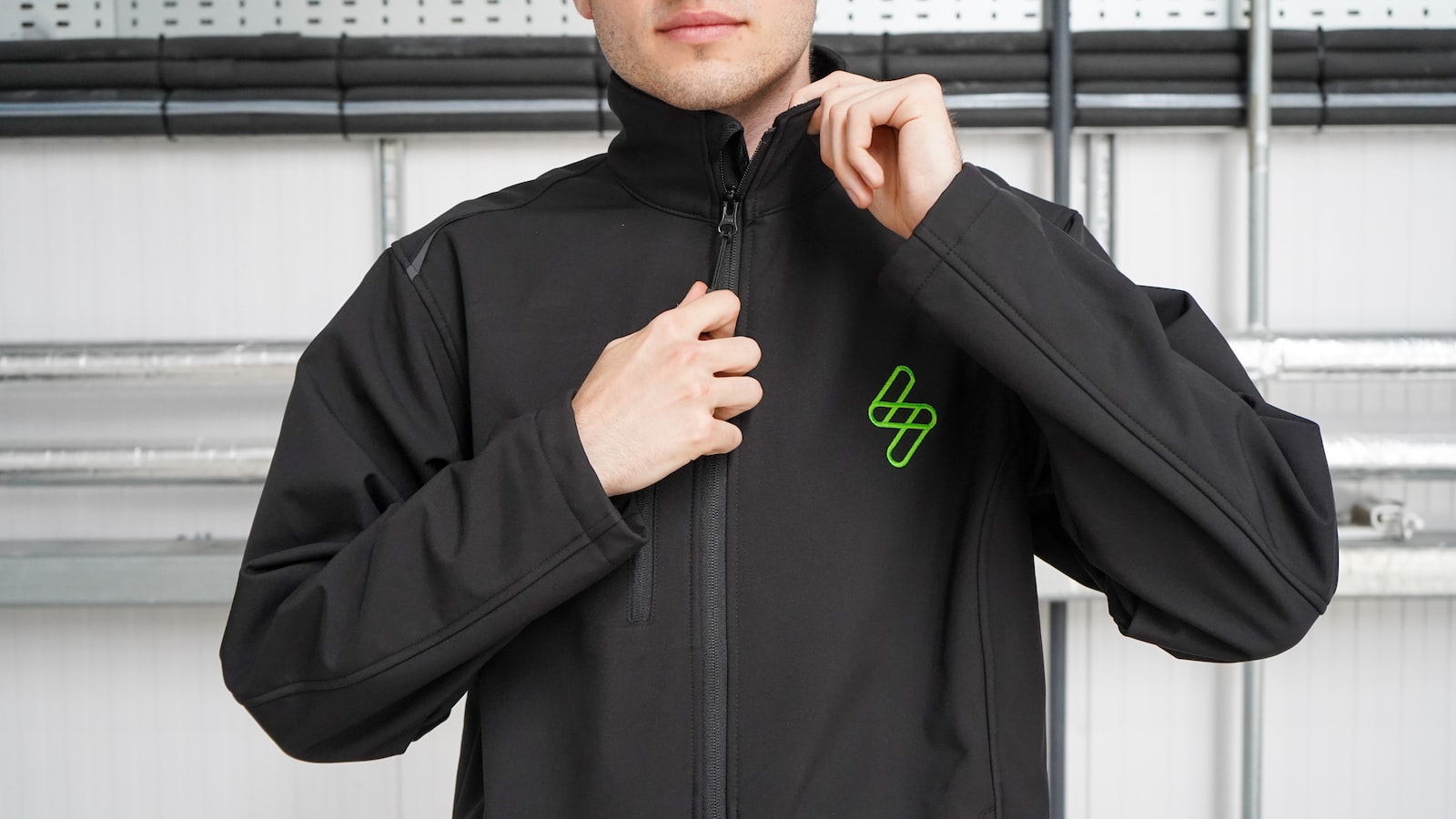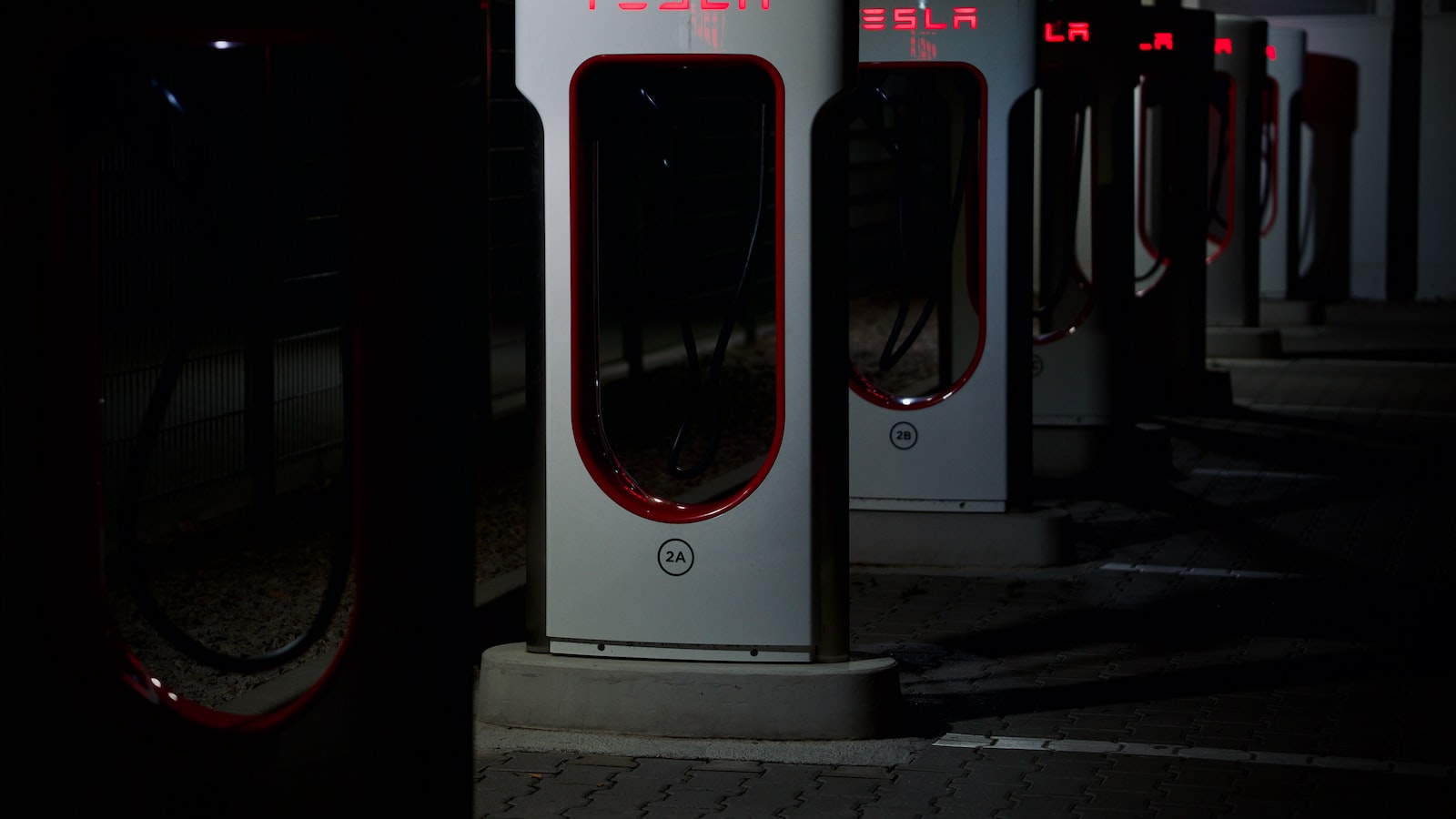In a world where sustainability is no longer just a buzzword, the electrification of transportation has become a pivotal puzzle piece in our journey towards a greener future. As we bid farewell to energy-guzzling engines and embrace the efficiency of electric vehicles (EVs), there is one unsung hero quietly revolutionizing the way these eco-friendly machines operate - the humble yet mighty EV busbar. Although often overlooked, these intricate strips of metal play a crucial role in the smooth functioning and overall performance of EVs. Let us embark on a captivating exploration of the importance of EV busbars, unraveling their hidden potency and shedding light on their immense significance for our sustainable endeavors.
Table of Contents
- The Powerhouse of Electric Vehicles: Understanding the Significance of EV Busbars
- Driving Efficiency: How EV Busbars Enhance Power Distribution and Performance
- Unleashing the Potential: Optimal Design and Materials for EV Busbars
- Empowering the Transition: Key Recommendations for the Integration of EV Busbars
- Q&A
- Wrapping Up

The Powerhouse of Electric Vehicles: Understanding the Significance of EV Busbars
When it comes to electric vehicles, there’s one unsung hero that plays a vital role in their success: EV busbars. These unassuming components are the true powerhouse behind electric vehicles, quietly transferring power from the battery pack to various parts of the vehicle.
So, what makes EV busbars so significant? Let’s delve into their world. First and foremost, busbars provide a low-resistance pathway for electrical current, ensuring efficient and uninterrupted power flow throughout the vehicle. By optimizing power transmission, they help maximize the overall energy efficiency of an electric vehicle, ultimately extending its range. This means less frequent charging and longer journeys, making EVs even more convenient for everyday use.

Driving Efficiency: How EV Busbars Enhance Power Distribution and Performance
When it comes to power distribution and performance in electric vehicles (EVs), one crucial element that plays a significant role is the innovative technology of EV busbars. These highly efficient conductors are specifically designed to enhance power flow and minimize energy losses, ultimately resulting in improved overall efficiency.
So, how exactly do EV busbars achieve this? First and foremost, their optimized design allows for reduced resistance and impedance, enabling a smoother flow of electrical current throughout the vehicle. This, in turn, leads to minimized voltage drops, ensuring that power is efficiently delivered to various components without unnecessary energy wastage. Moreover, EV busbars efficiently manage high currents, channeling them precisely to the required destinations. By doing so, they prevent overheating and potential damage to sensitive electrical systems, contributing to both safety and longevity.

Unleashing the Potential: Optimal Design and Materials for EV Busbars
When it comes to electric vehicle (EV) technology, there’s no denying the importance of busbars. These unassuming components are the lifeline of any EV’s electrical system, delivering power efficiently and effectively. But have you ever wondered what goes into creating the perfect busbar design and choosing the ideal materials? We’re here to delve into the exciting realm of EV busbars and uncover the secrets behind their optimal design and material selection.
1. Streamlined Design: The key to maximizing busbar performance lies in its design. By adopting a streamlined layout, the electrical resistance can be minimized, resulting in more efficient power transmission. Think carefully about the shape and size of your busbars to ensure minimal energy losses and maximum conductivity.
2. Material Matters: The selection of materials used for EV busbars plays a crucial role in their overall performance. Consider the following options to unleash the full potential of your busbars:
- Copper: Renowned for its excellent conductivity and superior thermal dissipation, copper is a popular choice for busbars. Its low resistance ensures efficient power transmission, while its exceptional thermal properties prevent overheating.
- Aluminum: Offering a more cost-effective alternative to copper, aluminum busbars can still provide efficient power transmission. While it has slightly higher resistance compared to copper, its lightweight nature makes it an attractive option for weight-conscious EV designs.
- Laminated Busbars: Combining the best of both worlds, laminated busbars integrate copper and aluminum layers, allowing for optimized performance. These versatile busbars provide enhanced conductivity while keeping material costs in check.

Empowering the Transition: Key Recommendations for the Integration of EV Busbars
In order to empower and facilitate the transition towards electric vehicles (EVs), it is crucial to pay attention to the integration of EV busbars. These key recommendations are aimed at optimizing the performance, safety, and efficiency of EV busbars, ensuring a smooth and seamless transition to a greener future.
First and foremost, it is essential to prioritize the use of high-quality materials for EV busbars. By employing copper or aluminum with adequate conductivity, we can minimize resistance and voltage drops, maximizing the efficiency of the electrical system. Moreover, using sturdy insulation materials, such as reinforced polymers, can enhance the durability and longevity of the busbars, ensuring reliable performance over an extended period of time.
- Implement efficient thermal management solutions, like liquid cooling or heat sinks, to prevent excessive heat generation and ensure optimal operating temperatures.
- Ensure proper busbar sizing and layout to minimize electrical losses and streamline the flow of power throughout the EV.
- Implement reliable fault detection and protection mechanisms, such as sensitive current sensors and circuit breakers, to swiftly identify and mitigate any potential risks or failures.
- Properly integrate busbars within the overall EV design, considering factors such as weight distribution, space optimization, and ease of maintenance.
By embracing these recommendations, we can unleash the full potential of EV busbars, revolutionizing the way electric vehicles function. This integration will not only enhance the overall performance and safety of EVs, but also contribute significantly towards a sustainable and eco-friendly transportation system.
Q&A
Q: Are EV busbars really that important?
A: Absolutely! EV busbars play a pivotal role in the efficient functioning of electric vehicles, making them an indispensable component.
Q: What are busbars, and what do they do?
A: Busbars are like the veins of an electric vehicle, responsible for the distribution of electrical power throughout the vehicle. They act as high-current conductors, connecting the different components of the vehicle’s electrical system.
Q: Why are busbars important in electric vehicles?
A: Busbars are essential in an electric vehicle because they provide a reliable and efficient means of transmitting electrical power. They help optimize the vehicle’s performance, ensuring that electricity flows smoothly from the battery to the motor, charging ports, and other auxiliary systems.
Q: How do busbars contribute to the efficiency of electric vehicles?
A: Busbars minimize energy losses by reducing resistance and voltage drop, which could otherwise lead to wasteful dissipation of electrical power. By efficiently transmitting power, busbars help improve the overall energy efficiency of an electric vehicle.
Q: Can you explain the significance of low resistance in busbars?
A: Low resistance in busbars allows for minimal heat dissipation during power transmission. This reduces the risk of overheating and ensures that the electrical system remains reliable, safe, and durable.
Q: Are there any environmental benefits to the use of efficient busbars in EVs?
A: Absolutely! Efficient busbars help improve the energy efficiency of EVs, allowing them to travel longer distances on the same amount of energy. This translates into lower greenhouse gas emissions and contributes to a greener future.
Q: How do busbars contribute to the overall safety of electric vehicles?
A: Busbars are designed to handle high currents, ensuring that electrical power is distributed safely and reliably. They can withstand high temperatures and minimize the risk of electrical arcing and short circuits, making EVs safer for both drivers and passengers.
Q: Can poor busbar design impact the performance of an electric vehicle?
A: Yes, poor busbar design can lead to increased resistance, voltage drop, and power losses, negatively impacting the performance of an electric vehicle. It may result in reduced range, slower acceleration, and inefficient energy utilization. Hence, the significance of proper busbar design should not be underestimated.
Q: Are there any advancements in busbar technology?
A: Indeed! Busbar technology continues to evolve with advancements in materials, designs, and manufacturing techniques. New developments such as laminated busbars, which integrate multiple functions into a single component, are revolutionizing the industry, further improving the efficiency and reliability of electric vehicles.
Q: What does the future hold for EV busbars?
A: The future of EV busbars appears promising. As electric vehicles continue to gain popularity and demand for high-performance, efficient components increases, busbar technology will likely undergo continuous advancements. More compact, lightweight, and cost-effective busbars are expected, further boosting the sustainability and convenience of electric mobility.
In Retrospect
In a world where technology is advancing and innovations are shaping our future, one crucial element often goes unnoticed – the unassuming yet powerful electric vehicle (EV) busbars. These unobtrusive conductors play a key role in powering our EVs, connecting the various electrical components and ensuring a seamless flow of energy. From the manufacturing floor to the roads we traverse, the importance of EV busbars cannot be overstated.
As we bid adieu to this article, we hope to have shed light on this critical component that silently empowers our electric transportation revolution. EV busbars may not grab headlines or flashy attention, but their impact reaches far and wide, making our eco-friendly journeys possible.
Like invisible veins coursing through the body of an EV, busbars diligently transmit the life force that allows these vehicles to move us towards a greener future. Without their relentless efficiency, the dream of emission-free transportation would remain a mere aspiration.
The significance of busbars extends beyond their functionality. They embody the interconnectedness of our technological advancement, symbolizing the intricate web we weave to achieve sustainable mobility solutions. In this age of environmental consciousness, every aspect of the EV ecosystem plays a crucial role, and the humble busbar stands tall as an unsung hero silently supporting the revolution.
So, the next time you witness an electric bus gliding down the street, appreciate the elegance hidden beneath its shiny exterior. It’s not just the sleek design or the whisper-quiet propulsion that makes it remarkable – it’s the intricate network of busbars working tirelessly in the background, ensuring that every kilometer is powered seamlessly.
As we embark on a journey towards a cleaner, greener future, let us not forget the unsung heroes of this transformation. Let us celebrate the importance of EV busbars, acknowledging their pivotal role in the electrification of transportation, and appreciating their contributions to a sustainable planet. For the world of electric vehicles, busbars serve as a constant reminder that true strength lies not only in what is visible, but also within the hidden intricacies that make progress possible.

